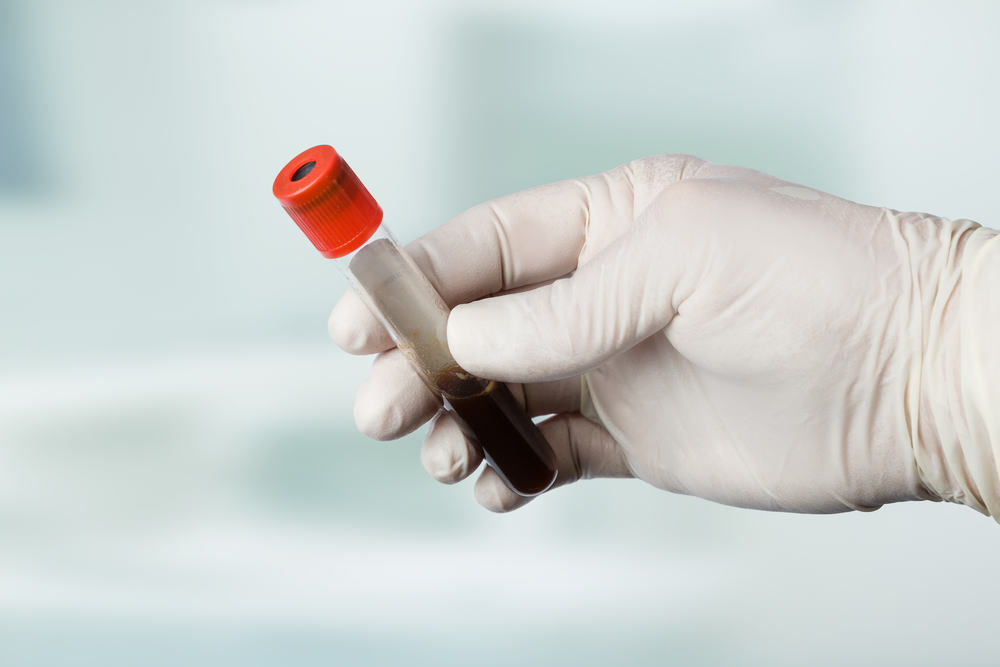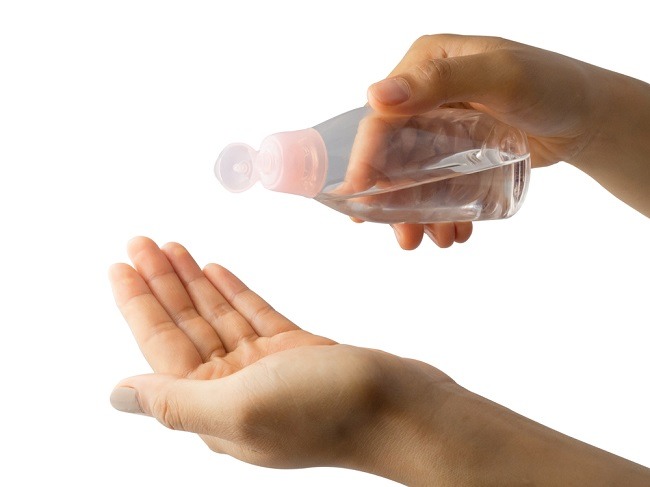Intussusception is a condition in which a part of the intestine folds and slips into another part of the intestine, resulting in a blockage in the intestine or intestinal obstruction. Intussusception generally occurs in the part that connects the small intestine and the large intestine.
This condition can cause obstruction of the process of distributing food, blood circulation, and fluids in the body. If not treated immediately, it can lead to the death of intestinal tissue, tearing of the intestinal wall or perforation, to infection in the abdominal cavity or peritonitis.

Symptoms of Intussusception
Intussusception is more common in infants and children aged 3 years and under. However, adults can also experience it.
The main symptom of intussusception is intermittent abdominal pain. This pain usually appears every 15-20 minutes. Over time, the duration of the attacks will become longer and the frequency of occurrence will be more frequent.
Symptoms of intussusception in infants or children are generally easier to identify. This symptom is the behavior of a baby or child who becomes fussy or cries while curled up (pulling the knees to the chest) when experiencing abdominal pain due to intussusception.
However, in adults with intussusception, the symptoms are quite difficult to recognize, because they are similar to the symptoms of other diseases. The following are the symptoms of intussusception to watch out for:
- Nauseous
- Throw up
- Weak
- Constipation
- Pain around the stomach
- The appearance of a lump in the stomach
- Stool contains blood or mucus.
Intussusception is an emergency medical condition that must be treated as soon as possible. Therefore, it is recommended to immediately see a doctor or go to the hospital if you experience these symptoms.
Causes of Intussusception
The cause of intussusception in infants and children is still not known with certainty. However, this condition is often experienced by children who are suffering from colds or inflammation of the stomach and intestines.
Meanwhile, intussusception in adults is generally caused by certain diseases or medical procedures, such as:
- viral infection.
- Gastrointestinal surgery.
- Intestinal polyps or tumors.
- Swelling of the lymph nodes in the abdomen.
- Crohn's disease.
Intussusception Risk Factors
There are a number of factors that are thought to increase a person's risk for suffering from intussusception. Among others are:
- Family medical history. A person is at risk of developing intussusception if he has a family member who has suffered from this disease.
- Age. Intussusception is more common in infants and children, especially boys than girls.
- Gender. Boys are 4 times more likely to experience intussusception than girls.
- Have experienced intussusception. People who have had intussusception are at risk for relapse.
- Intestinal deformity. Birth defects in the shape of the intestine will increase the risk of intussusception.
Intussusception Diagnosis
Doctors can suspect a patient has intussusception if there are symptoms as mentioned above. However, because the symptoms of intussusception are similar to the symptoms of other diseases, the doctor needs to recommend further examinations to confirm the diagnosis, including abdominal ultrasound, CT scan, or X-ray combined with barium contrast or air through the anus (barium enema). Through the scan, the doctor will be able to see if there is a problem with the intestines.
Intussusception Treatment
If the diagnosis states that the patient has intussusception, treatment should be initiated immediately (preferably within 24 hours of the onset of symptoms).
In the early stages, the doctor will give fluids through an IV and reduce pressure in the intestines. To relieve pressure, the doctor will insert a tube into the patient's stomach through the nose.
Treatment for intussusception is then carried out after the patient's condition is stable. The forms of treatment that will generally be undertaken by intussusception patients are:
- Barium enema. In addition to examination, this method can also be used in treating intussusception. Barium enema is an effective treatment for pediatric patients, but is rarely used in adult patients.
- Operation. It is the primary treatment method for adult patients, as well as for those with severe intussusception. In the surgical procedure, the doctor will straighten the folded part of the intestine, as well as remove the dead intestinal tissue.
Complications of Intussusception
Intussusception that is not treated immediately or not handled properly can cause blood circulation to be obstructed in the part of the intestine that is experiencing intussusception, and kill the intestinal tissue. Intestinal tissue that has died will trigger the tearing of the intestinal wall called a perforation. This condition can develop into a more serious problem, namely infection of the lining of the abdominal cavity (peritonitis).
Peritonitis is a dangerous disease that requires immediate treatment. Symptoms of this disease are swelling and pain in the abdomen, and fever. In addition, peritonitis that attacks children can cause shock, which is characterized by symptoms such as:
- Skin feels cold, moist, and pale
- Breathing rate that is too slow or too fast
- Anxious or restless (agitation)
- Lethargic and weak
- Heart rate increases.









